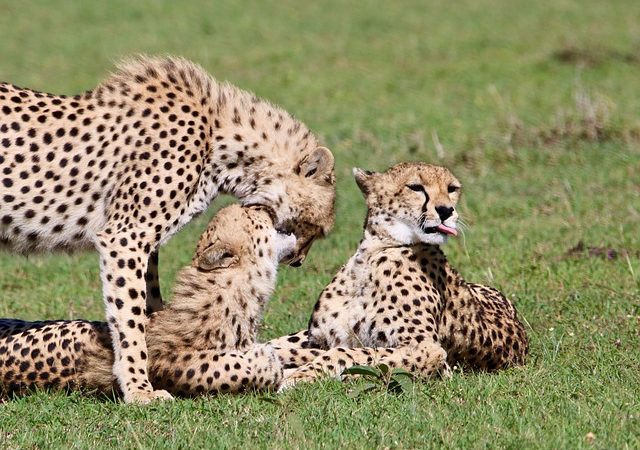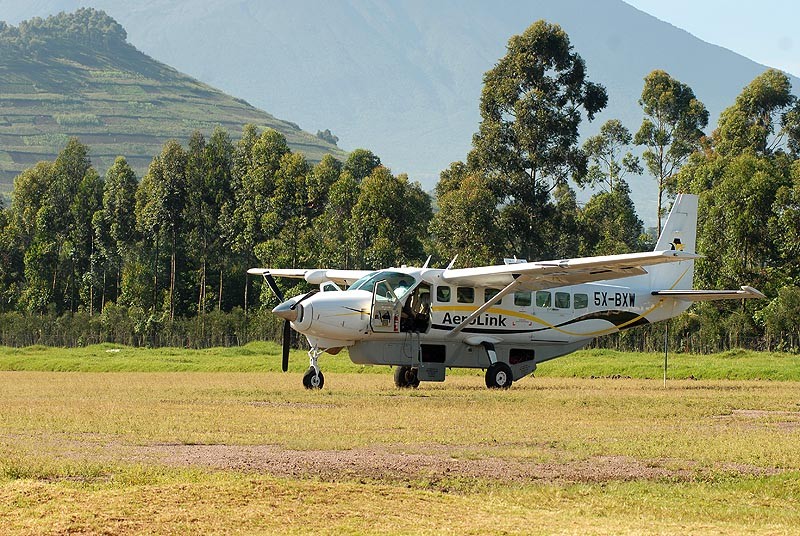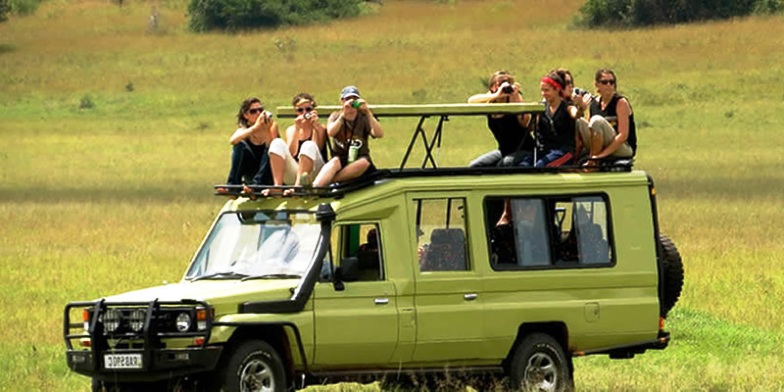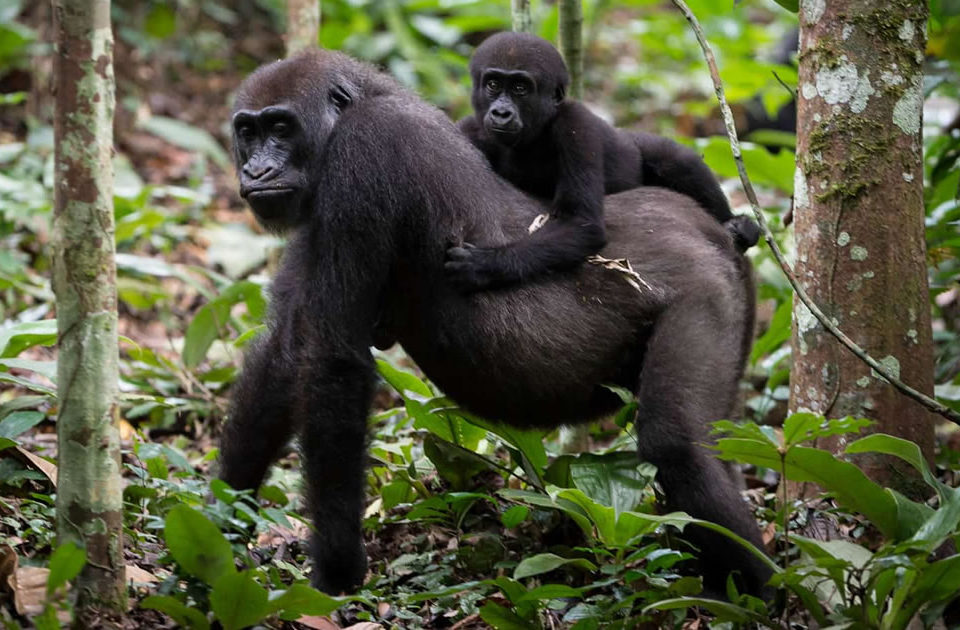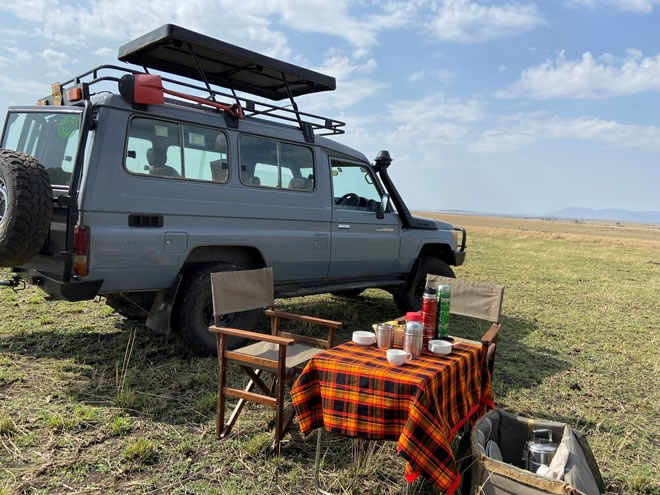
Tips to Hire A 4×4 Car in Kenya
January 22, 2022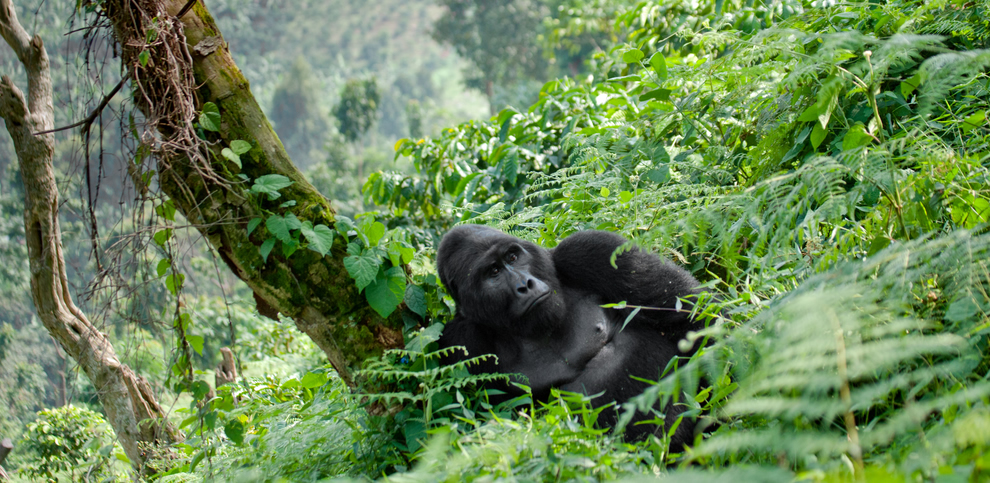
What happens if I fail to see gorillas?
March 1, 2022Tourism Preventing Kenya’s Cheetahs From Raising Their Cubs
Whereas wildlife tourism features among a few measures that would help conserve wildlife species, on another hand it has led to their reduction in the wild. It is true that every destination desires to record huge numbers of tourists at end of the year but this comes with impacts.
That said, the Maasai Mara National Reserve is for long been credited for its alluring attraction and a huge number of visitors confine in this protected enjoy its exciting and unique experiences, especially the Great wildebeest migration. However, these large numbers have impacted its cheetahs which are at risk of extinction given that females no longer raise their cubs and this has been attributed to intense wildlife safaris.
Approximately 0.2 cubs can now survive especially in the most visited areas of this nature reserve, unlike the 2.3 cubs in the areas with fewer tourism activities. This intense visitor traffic in such spots reduces the chances for the females to raise cubs in the natural habitat. Whereas these massive numbers excite a lot, they pose much stress on wildlife not only to the cheetahs but also other wildlife species thus reducing their feeding and breeding behavior in the wild.
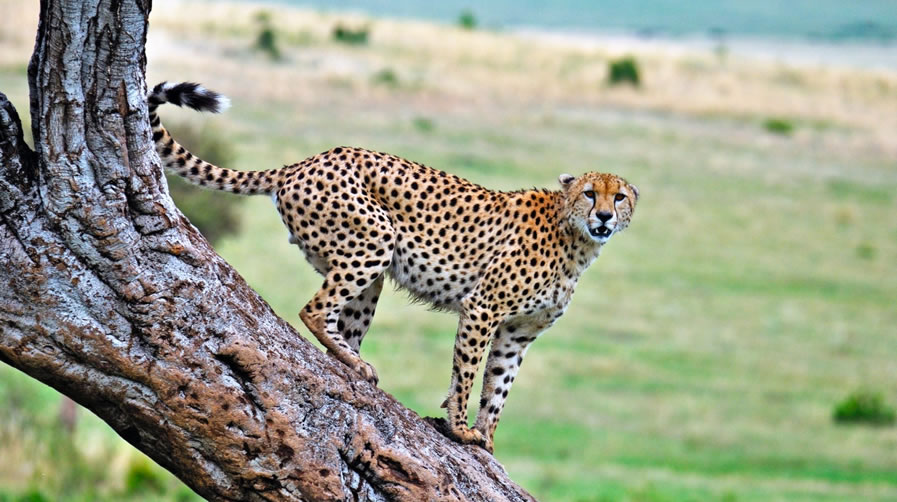
Cheetah Safari in Kenya – Masai-mara National Park
Of current, 64 vehicles paid a visit to one cheetah within just 2 (two) hours at Maasai Mara, something that destabilizes their breeding and feeding behavior in the wild. This leaves more harm than good compared to mountain gorilla safaris which are highly restricted although these critically endangered creatures are still exposed to human presence.
Rwanda in particular generated 200 million dollars from mountain gorilla adventures in Volcanoes National Park and part of it is re-invested to facilitate wildlife conservation as a whole and not only the Great Apes. Today, there are about 1004 mountain gorillas in the world and all of them thrive in only Bwindi National Park, Mgahinga National Park in southwestern Uganda, Volcanoes National Park, and the Virunga National Park in the eastern Democratic Republic of Congo (DRC).
For these endangered species to thrive in the wild, there is a need for strict conservation laws and first and foremost, restricting the number of safari vehicles that surround them per a particular period of time, a distance of about 30 meters should be maintained at all times as well as banning off-road drives.
Currently, there are fewer than 7100 cheetahs in the world, 1500 of which are distributed in Kenya making them the most vulnerable species in the cat family. And the unfortunate bit of all, they find it hard to survive in captivity and this means that it will be a huge challenge for conservationists to make them return to the wilderness when they get extinct.
These amazing cat species breed between March and December with cubs being born in litters of 2-4. The gestation period is approximately 3 months and the cubs become mature at 1 year, after that, they will stay with their mothers for some time as they learn how to hunt and survive in the wild. Cheetahs share the same color just like leopards and first-time travelers, you may find it challenging to differentiate between the two.
Cheetahs are longer than leopards and they come with lighter bodies while their face is smaller and rounder. While on safari in Kenya, you can catch a glimpse at them, especially at the Maasai Mara National Reserve, Nairobi National Park, Samburu, Amboseli National Park Tsavo National Park, Buffalo springs, Meru National Park, Marsabit, and many more. Access to all these parks requires a strong 4×4 vehicle, especially in the rainy season. Car rental Kenya simplified the self-drive rental system in Kenya, by offering excellent 4×4 cars without drivers. You can be advised on the best car models to successfully access those parks.
Conclusively, cheetahs have become the few most threatened species in the cat family whose lives must be protected for current and future generations.

